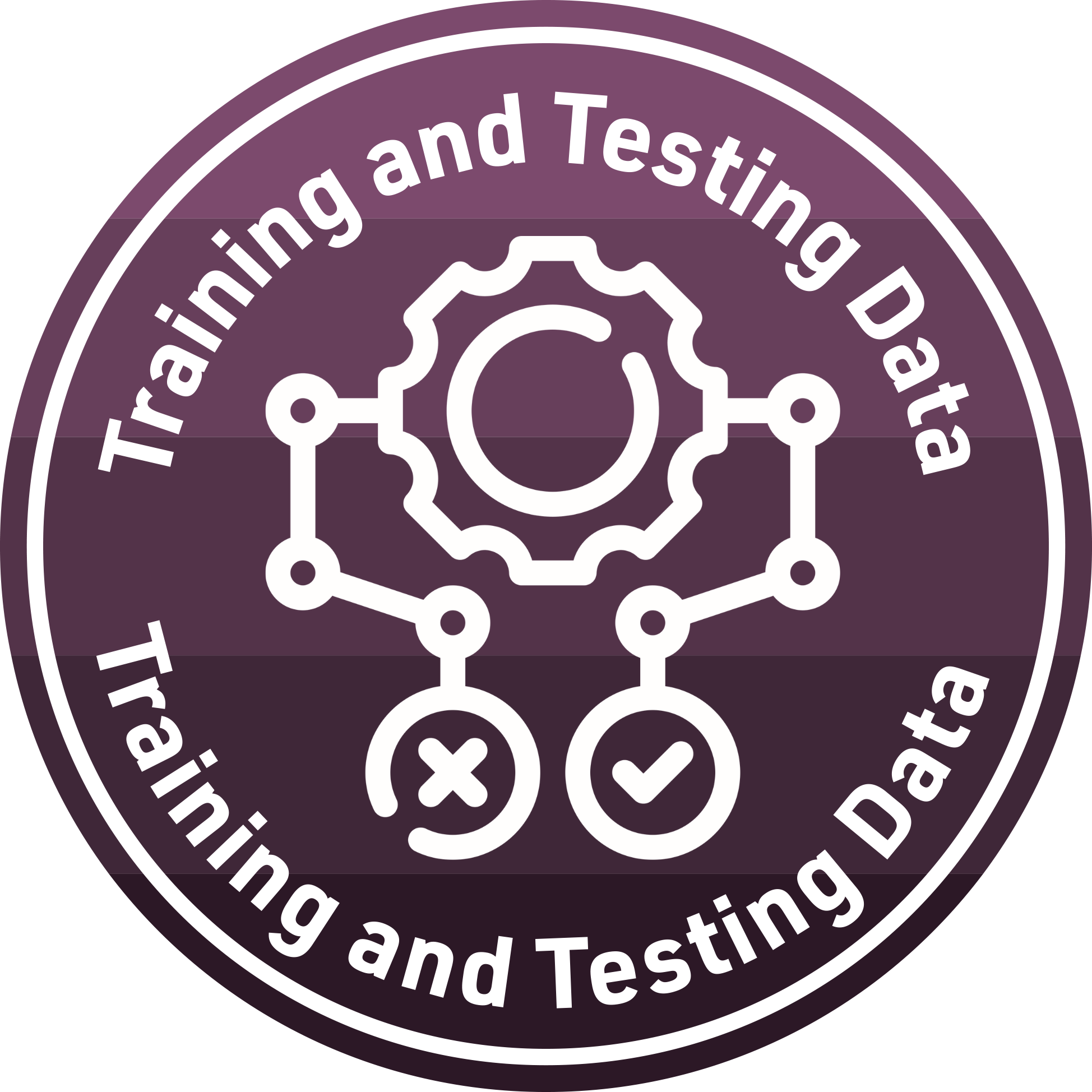Adding Additional Predictors to Improve Accuracy
Badge
The final activity for eacprovides space to work with data and to reflect on how the concepts and techniques introduced in each lab might apply to your own research.
To earn a badge for each lab, there are two parts to complete:
In Part I, you will extend our model by adding another variable.
In Part II, you will reflect on your understanding of key concepts and begin to think about potential next steps for your own study.
Part I: Extending our model
In this part of the badge activity, please add another variable – a variable for the number of days before the start of the module students registered. This variable will be a third predictor. By adding it, you’ll be able to examine how much more accurate your model is (if at al, as this variable might not have great predictive power). Note that this variable is a number and so no pre-processing is necessary.
In doing so, please move all of your code needed to run the analysis over from your case study file here. This is essential for your analysis to be reproducible. You may wish to break your code into multiple chunks based on the overall purpose of the code in the chunk (e.g., loading packages and data, wrangling data, and each of the machine learning steps).
How does the accuracy of this new model compare? Add a few reflections below:
Part II: Reflect and Plan
Part A: Please refer back to Breiman’s (2001) article for these three questions.
- Can you summarize the primary difference between the two cultures of statistical modeling that Breiman outlines in his paper?
- How has the advent of big data and machine learning affected or reinforced Breiman’s argument since the article was published?
- Breiman emphasized the importance of predictive accuracy over understanding why a method works. To what extent do you agree or disagree with this stance?
Part B:
- How good was the machine learning model we developed in the badge activity? What if you read about someone using such a model as a reviewer of research? Please add your thoughts and reflections following the bullet point below.
- How might the model be improved? Share any ideas you have at this time below:
Part C: Use the institutional library (e.g. NCSU Library), Google Scholar or search engine to locate a research article, presentation, or resource that applies machine learning to an educational context aligned with your research interests. More specifically, locate a machine learning study that involves making predictions.
Provide an APA citation for your selected study.
What research questions were the authors of this study trying to address and why did they consider these questions important?
What were the results of these analyses?
Knit and Publish
Complete the following steps to knit and publish your work:
First, change the name of the
author:in the YAML header at the very top of this document to your name. The YAML header controls the style and feel for knitted document but doesn’t actually display in the final output.Next, click the knit button in the toolbar above to “knit” your R Markdown document to a HTML file that will be saved in your R Project folder. You should see a formatted webpage appear in your Viewer tab in the lower right pan or in a new browser window. Let’s us know if you run into any issues with knitting.
Finally, publish your webpage on Posit Cloud by clicking the “Publish” button located in the Viewer Pane after you knit your document. See screenshot below.

Your Second Machine Learning Badge
Congratulations, you’ve completed your second badge activity! To receive credit, again, please share the link to published webpage under the next incomplete badge artifact column on the LASER Scholar Information and Documents spreadsheet: https://go.ncsu.edu/laser-sheet. We recommend bookmarking this spreadsheet as we’ll be using it throughout the year to keep track of your progress.
Once your instructor has checked your link, you will be provided a physical version of the badge below!
